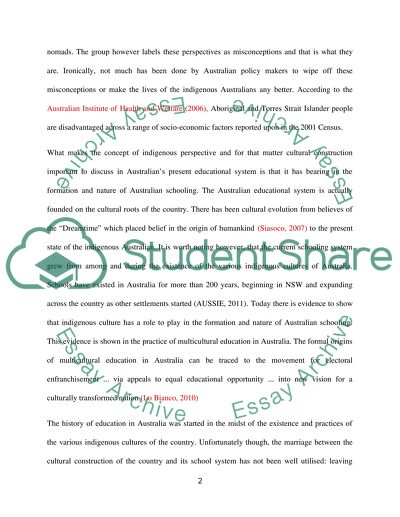Cite this document
(“Assessment Two: Lesson/Unit Plan Details Assignment”, n.d.)
Retrieved from https://studentshare.org/family-consumer-science/1405680-assessment-two-lesson-unit-plan-details
Retrieved from https://studentshare.org/family-consumer-science/1405680-assessment-two-lesson-unit-plan-details
(Assessment Two: Lesson/Unit Plan Details Assignment)
https://studentshare.org/family-consumer-science/1405680-assessment-two-lesson-unit-plan-details.
https://studentshare.org/family-consumer-science/1405680-assessment-two-lesson-unit-plan-details.
“Assessment Two: Lesson/Unit Plan Details Assignment”, n.d. https://studentshare.org/family-consumer-science/1405680-assessment-two-lesson-unit-plan-details.


